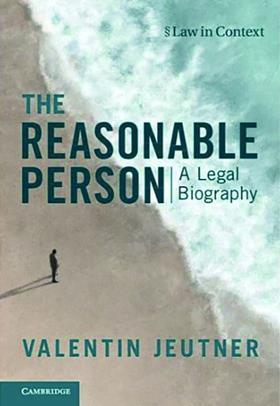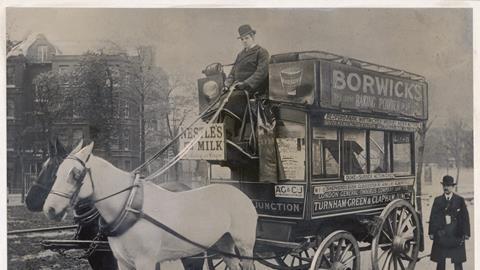The Reasonable Person: A Legal Biography
Valentin Jeutner
£95, Cambridge University Press
★★★★✩
The winter of 1855 was one of the coldest on record. A water main in Woodcock Street, Birmingham, froze solid and the expanding ice burst the pipe. When the ice melted, the escaping water flooded the area, including the cellar of a Mr Blyth, causing damage to his goods. His four children caught severe colds. He sued for compensation on the basis that the water company was negligent, in not having a water main that would withstand the worst weather. The water pipe had been there for 25 years with no previous problems. He lost his claim. His children were not compensated for their colds.
In the judgment, the court considered what a reasonable man would do in the position of the public utility. This was the first appearance in a court case of the legal concept of the ‘reasonable person’. Birmingham was a good place for the reasonable person to appear. Rapid industrialisation was bringing accidents and claims. The parties were not likely to be neighbours, but rather manufacturer and consumer who were largely unknown to each other. In considering liability for claims, the law would not go so far as to have strict liability for claims. So entered the reasonable person as the fictional arbiter of right and wrong. This book examines the development of the law. It has interesting biographical information on the leading judges involved.

Later, the reasonable person was referred to as ‘the man on the Clapham Omnibus’. How the reasonable person got there and why is not totally clear. The author points out that, in the 19th century, Clapham was a centre for influential thinkers. They included the Clapham Saints who campaigned against the slave trade. An omnibus route was set up at the turn of the century, enabling commuting from Clapham into the City of London. The phrase ‘Man on the Clapham Omnibus’ is reputed to have first been used in the Tichborne claimant case in the 1870s. But those court proceedings were not fully documented so the reference is not confirmed.
The first recorded use of the Clapham Omnibus was in 1903 by Lord Collins MR in McQuire v Western Morning News Co Ltd, when the reasonable person was likened to the passenger on that transport. Collins was a contemporary of the constitutional historian Walter Bagehot, who had written of the ‘bald-headed man at the back of the omnibus’. Perhaps it was a phrase in common use at the time. The phrase does not allude to the working class. Bus travel at that time was mainly confined to the middle classes who worked in the City of London, rather than the leisured upper classes, or the working classes who lived and worked in the capital. The reasonable person was therefore of the ‘middling sort’; reassuringly ordinary and representing average humanity.
The reasonable person changed gender in an interesting case in the 1950s when a Mrs Sayers was locked in a public ladies’ toilet. Should she wait for her husband to notice she was missing or try to climb out dressed in a tight skirt and high heels? This was not a question three elderly judges, or the man on the London bus, could easily answer. What would the reasonable lady do?
The legal concept of appealing to what a fictional third party would do as a way of settling a dispute goes back much further. It has its beginnings in ancient Egypt and Greece. In ancient Rome, the legal system deferred to paterfamilias, the figure at the head of a family. The concept of the head of a family as a benchmark for reasonableness has consistently been part of many European jurisdictions.
The ideal characteristic of the reasonable person is that they are a third party – neither litigant nor judge. They represent the average person who combines knowledge of the world with experience and fairness. This readable book is an amazing work of scholarship.
David Pickup is a partner at Pickup & Scott Solicitors, Aylesbury
































No comments yet